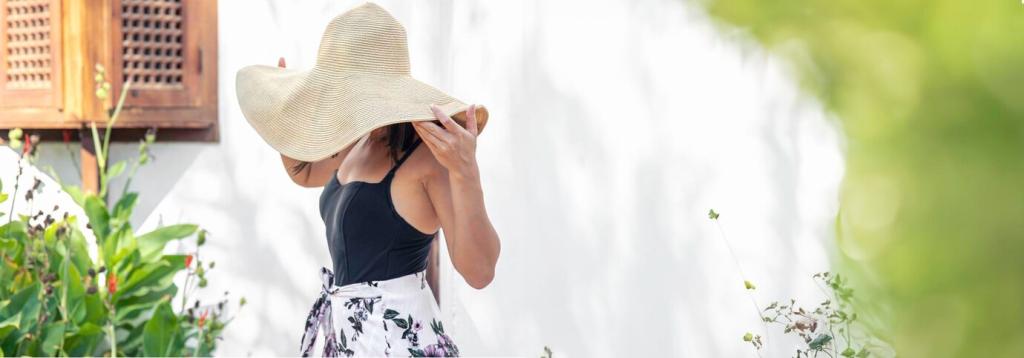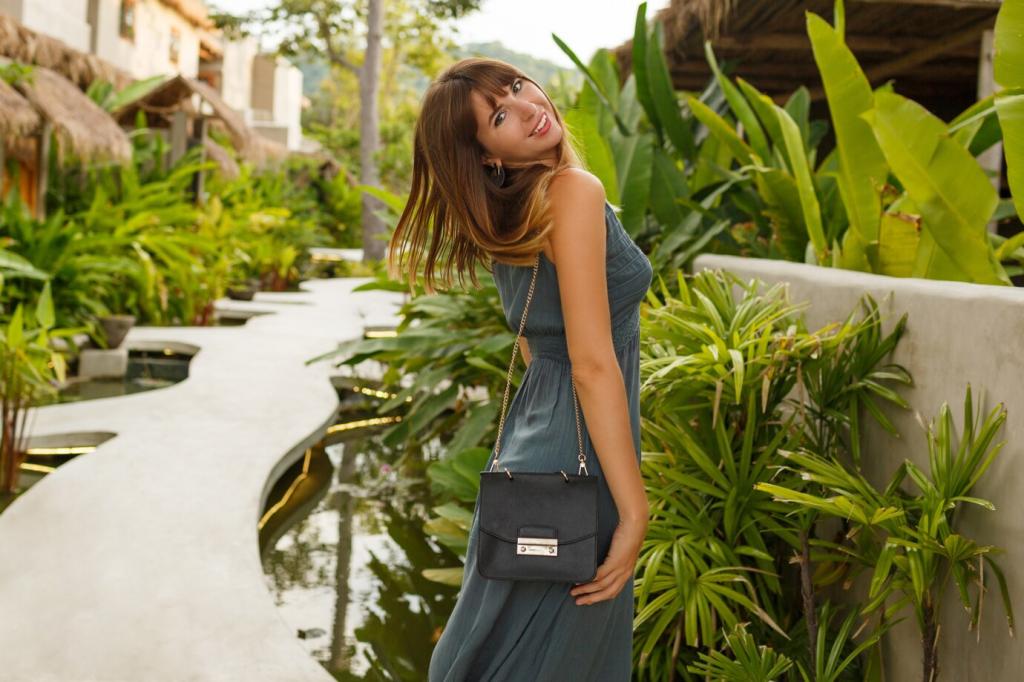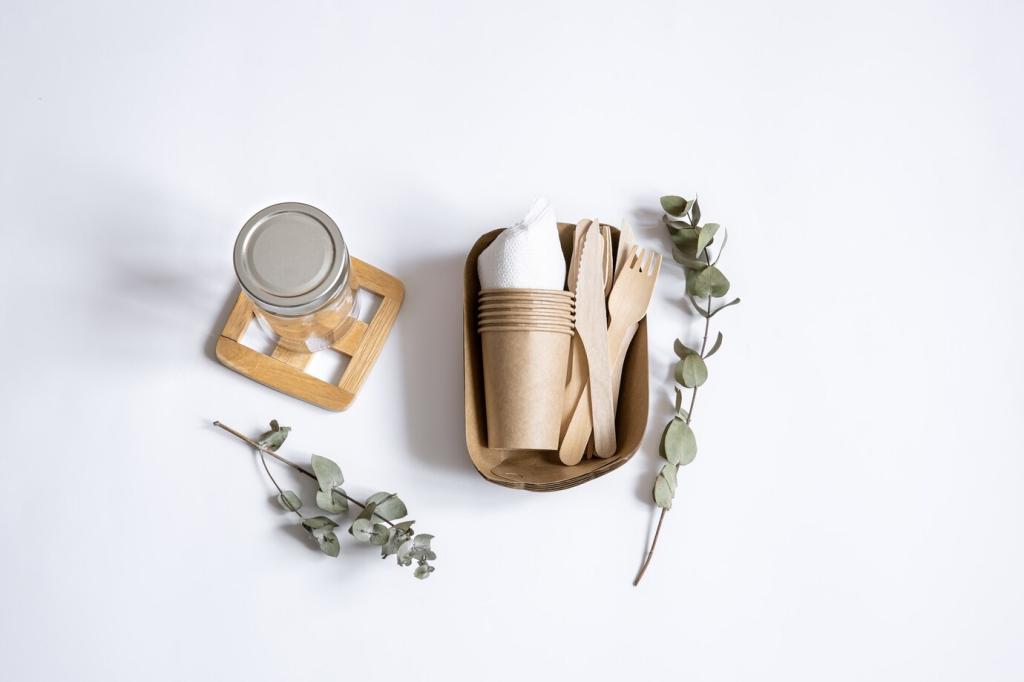How to Shop Mindfully for Fashion
Chosen theme: How to Shop Mindfully for Fashion. Explore practical steps, honest stories, and smart habits that help you buy less, choose well, and feel great in every piece. Share your approach and subscribe for ongoing mindful style prompts.
Start with Your Closet
The 15-Minute Wardrobe Walkthrough
Set a timer and scan every rail and drawer. Group by category, then note duplicates, worn-out essentials, and missing basics. You’ll spot patterns fast and often realize the “new” piece you wanted is already hidden in plain sight.
Cost-Per-Wear Reality Check
Divide the price by estimated wears. Those $180 boots worn 90 times cost $2 per wear, while a $40 trend top worn twice costs $20 per wear. Comment with your best cost-per-wear win to inspire our community.
Create a Living Wishlist
Keep an evolving wishlist with size, fabric, color, and three reasons it fills a real gap. Add a cool-off date—at least 24 hours, ideally 30 days. Subscribe to get our simple template to keep your list focused.
Materials and Quality that Last
Seek sturdy, breathable options like linen, wool, organic cotton, or TENCEL lyocell for softness and drape. Recycled nylon and polyester add strength but watch for pilling. Blends with a little elastane aid comfort without sacrificing structure when chosen thoughtfully.
Check seams for straight, tight stitching, pattern alignment at pockets, reinforced stress points, and solid hardware. A reader’s wool coat with bound seams survived six winters and still looks crisp—that’s the quiet power of quality construction.
Care instructions preview time and cost. Hand-wash-only silk might be perfect if you love delicate pieces; otherwise choose washable viscose or TENCEL. If the maintenance clashes with your lifestyle, it will gather dust. Comment with your care-friendly favorites.

Detect and Avoid Greenwashing
Read Beyond Buzzwords
“Eco,” “conscious,” and “responsible” mean little without data. Look for fiber breakdowns, supplier lists, and impact reports with timelines and targets. A brand that maps its supply chain and shares factory names shows transparency you can actually evaluate.
Certifications that Actually Mean Something
Prioritize recognized standards like GOTS for organic textiles, Fair Trade for labor practices, OEKO-TEX or bluesign for chemical safety, and Leather Working Group ratings. No certification is perfect, but credible ones beat vague leaves and green-colored labels.
Marketing Red Flags
Watch for tiny “conscious” capsules overshadowing massive fast drops, countdown timers pushing impulse buys, and recycled claims without percentages. If a claim sounds sweeping yet strangely nonspecific, pause and ask for proof in product pages or sustainability reports.






Care, Repair, and End-of-Life
Air garments between wears, brush wool, and steam to refresh. Cool, gentle cycles protect fibers; a microfiber-catching bag helps with synthetics. Proper storage—folding knits, hanging structured pieces—prevents stretching and keeps silhouettes sharp for seasons.
The 24-Hour Pause
Add items to cart, then wait at least a day. One reader’s pause turned a late-night boot urge into a morning pass, saving $220 and post-purchase regret. If it still sings after a pause, consider it thoughtfully.
Seasonal Reviews and Goals
At season’s end, list MVPs, regrets, and lessons. Set one goal—like “no duplicate black trousers.” Unsubscribe from tempting promos and keep a focused shortlist instead. Comment your goal; we’ll check in together next month.
